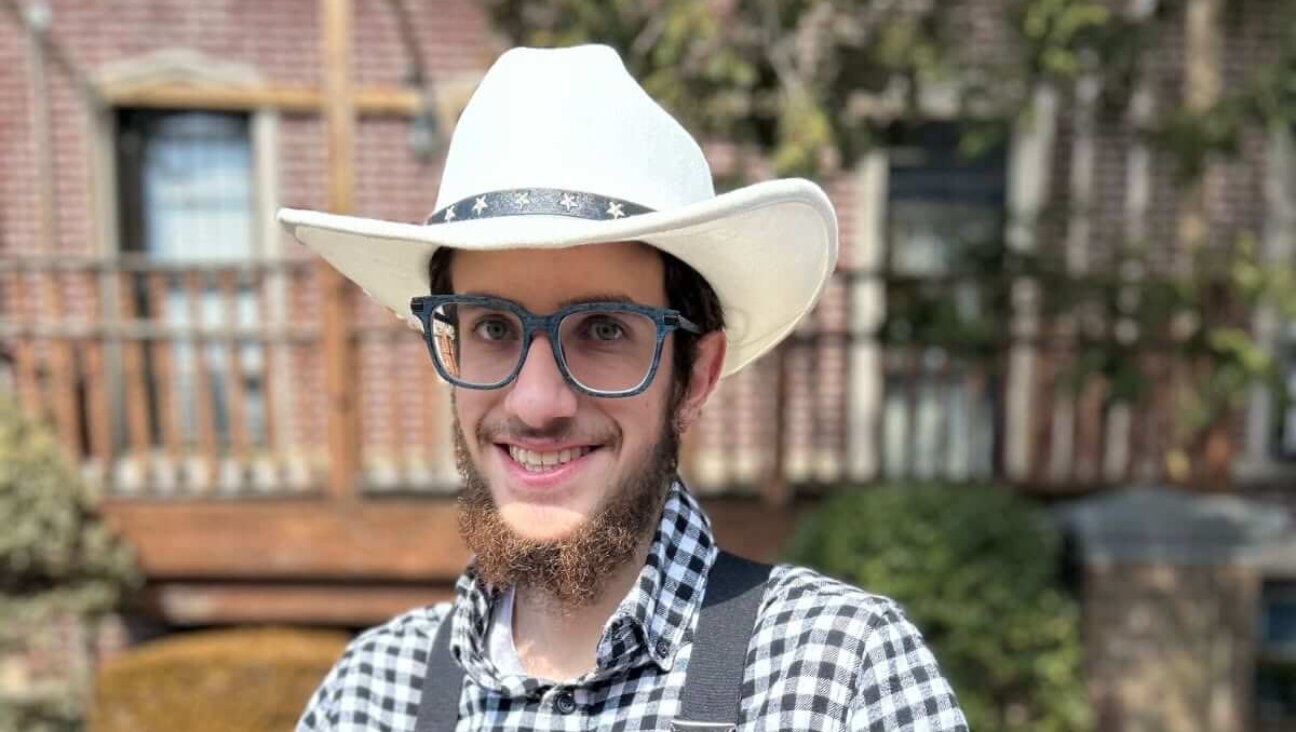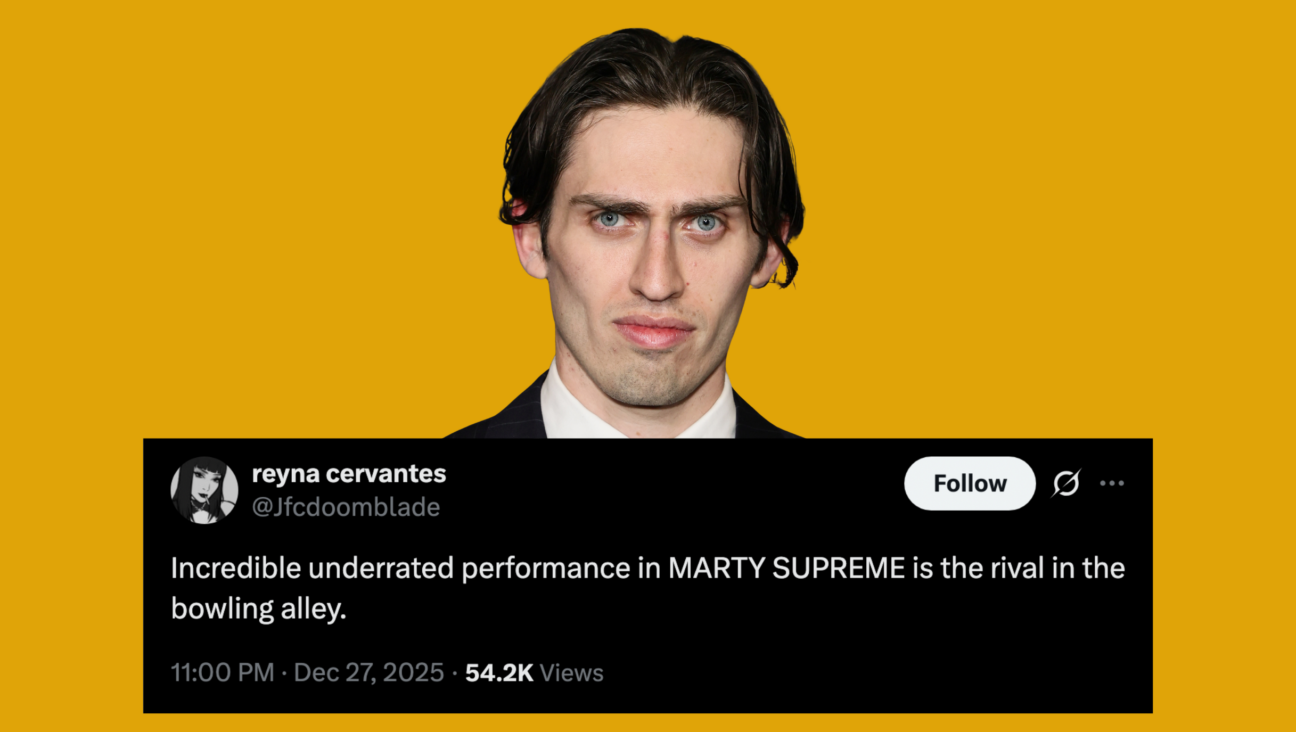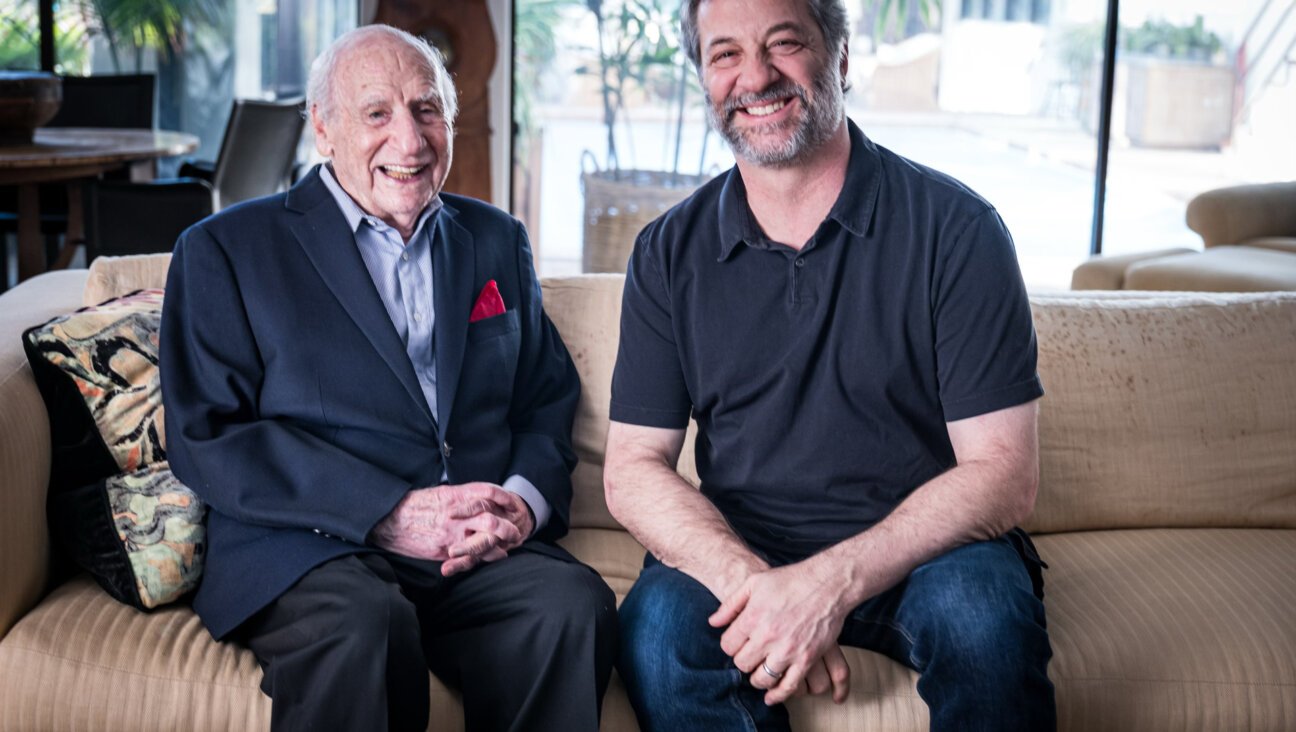How To Kill a Butterfly Like Elena Ferrante — or JT Leroy

Image by Nikki Casey
What shocks me is not that someone was able to rip away the veil of privacy from the Italian writer known to the world as Elena Ferrante; nor am I surprised that she was able to maintain that anonymity for as long as she did. What startles me is the spectacle of people reporting this news and repeating the name that was unearthed. I’m reminded of a case some years back — an anonymous crime victim whose name was uncovered by a reporter and appeared in print. Once it was out, it was fair game to be used ad nauseam.
Apparently for some it’s not enough to mention where the information about Elena Ferrante appears, they have a need to say it themselves. Why would anyone pile on in a situation like this and make it worse? Where does the need to clip these wings come from? Because it is the artist’s freedom that we’re talking about, nothing less. Back in 1889, Oscar Wilde reminded everyone that “we had no right to quarrel with an artist for the conditions under which he chooses to present his work.” It seems like today all people want to do is quarrel with artists — rebuke them for their appropriations, censor their language, blame them for social problems. Sure, they’re a safer target than government or corporations are, but taking them down never improves the situation. Quite the reverse — to hobble our artists is to undercut ourselves.
But while they still provide the same sacred social function they have performed forever, here and now artists are also part of a system that commodifies them along with their work. In our society, both artist and artwork are commodities, and when people buy a work of art, they also feel ownership over the artist. So whether they’re trolling a singer or harassing an actor or exposing a writer, they’re just playing with the toys they bought.
Their toys, being people too, experience it differently. Which of course is why someone like Elena Ferrante would want her name and face kept off limits in the first place — even loving attention, doled out wrong, is a cage for a creative artist. And when the attention is less than loving, when you’re subjected to the projections and demands and possessiveness of others, the effects can be crippling and lethal.
So yes, it makes perfect sense to me that Elena Ferrante would want out of that cage. Yet I confess to feeling surprised that she actually did choose to reject it. Most writers, truth be told, can’t wait to sell themselves and get the attention of the media and be interviewed and see their name and face circulate. And nothing is weird about that — it is much easier to sell yourself than to create something and try to sell it. I mean, you’re already there, right?
John Waters once told JT LeRoy that the most Un-American thing he could do was reject fame. Most people are very patriotic, and in the 21st century it is a rare thing when a creative artist refuses to deal directly with the public. Writers that choose this degree of self-defense are obliged to make a choice. You can simply withhold your name and face, believing that your decision will be respected, or you can create a diversion so you can be overlooked.
As a freshman in college I wrote a short story, and of all the stories submitted the teacher chose that one to read aloud, without saying who had written it. The entire class sat riveted by this tale of Lower East Side street life, told by a nebulously gendered narrator who was getting off the street; the focus of the story was a frail skinhead boy who doesn’t make it. As the story was read, all the students scanned each other and landed on the leather-clad disaffected boy who looked down, face reddened – a clear admission, he was the author. We all, myself included, stared at him. After the teacher finished the story, the students burst out in applause, their hands tilted toward him. The teacher knew I had written it but saw me clapping, along with the others, at the young disheveled man who looked surprised but said nothing, only vaguely shook his head.
I put my fingers to my lips when the teacher glanced at me, and she did not say my name. I did not want to ruin the experience of the piece having come from the ragged-looking boy — who actually came from a well-off family — while I was living in foster care but trying to dress more respectably. Lifting the veil would have ruined it all.
Everyone wanted to know who wrote the story, and in a later class, against my wishes, the teacher announced that I was the one. I felt both humiliated and flattered by the stares — I did not match the writer. When the story was chosen for the cover of my college literary magazine, I allowed my name to be on it and students came up to me, telling me how much they dug it — and asking was I in a group home, what had happened? They were tugging at my curtain, asking me questions about my life. I felt too ashamed to answer. “It’s just fiction,” I would tell them.
I needed to write about what I had experienced — trauma, abuse, the street world — but doing so under my name would have been too painful, too close to admitting what I was not ready to own. Writing anonymously provoked too much interest, and I needed to protect myself. Back in that class, staring at the supposed author, I felt safer. I was writing the way an oyster creates a pearl, out of suffering, and because there was so much shame attached to my craggy, misshapen shell, as much as I longed to share my creation with the world, having it come from me felt like death. I won awards and my writing was receiving more recognition, but all the praise could not counteract the horror I felt at the exposure. I was hospitalized twice and had to take leaves from school each time until I finally dropped out, convinced I could never write about that trauma under my own name and in my own body.
Ferrante has said, “Using the name Elena helped only to reinforce the truth of the story I was telling. Even those who write need that ‘willing suspension of disbelief,’ as Coleridge called it. The fictional treatment of biographical material — a treatment that for me is essential — is full of traps. Saying ‘Elena’ has helped to tie myself down to the truth.”
Although she created another being, Ferrante did not give her a separate body. She was repeatedly Garbo-esque in interviews, “I vant to be alone,” which of course created more intrigue.
But she trusted in the Honor System that her request for privacy would be respected.
Out of necessity I created another path, more complex but the only possibility for me. I created a pseudonym and then a living avatar. JT LeRoy would take the blast of attention, as I could not tolerate the work’s being associated with me — like the Groucho Marx line that he would not want to join any club that would have had him as a member. I needed to have no part in the ownership of the work. I created an avatar as he lived inside me, never dreaming that a gender-fluid street hustler would become an international phenomenon, his books appearing in twenty different languages worldwide.
Ultimately I was no more successful in sheltering myself than Elena Ferrante was. The marketplace demands a brand, and she wouldn’t play. But there is only so far an empty space can be branded. I saw JT being turned into a brand, while I hid until I could emerge in my own body.
When I was a girl I read “To Kill A Mockingbird” on my own, and my mother, an English teacher, asked me if I understood the title of the book. I babbled something to her about racial injustice, and she opened my book to a passage she had memorized and read and reread it with me. I had moved past this section too quickly when I first read it; it hurt too much. But as she recited the words for the third time, I felt it in my gut, knowing what her fear was for me, and why perhaps she allowed me to stay home from school so very often with fake coughs and stomachaches until eventually I dropped out of eighth grade, unable to face the bullying.
“Remember it’s a sin to kill a mockingbird.” That was the only time I ever heard Atticus say it was a sin to do something, and I asked Miss Maudie about it. “Your father’s right,” she said. “Mockingbirds don’t do one thing but make music for us to enjoy … but sing their hearts out for us. That’s why it’s a sin to kill a mockingbird.”
Boo Radley is different, he needs to do his thing but do it hidden. That is how magicians perform their magic — they throw a glamour that distracts so they can create the illusion in the dark. Yet today it seems like some people need to switch on the lights and expose the magician — and then decry her mastery of crafting illusion.
I’ve been asked, Well you were relieved when JT was removed from you, weren’t you?
No, I wasn’t. Protected by the diversion of JT LeRoy, I was slowly moving into my own skin, following an organic process. Was anything served by ripping him from me before I was ready to give him up? I had relied upon him as asbestos gloves to handle red-hot material I could barely tolerate. Another book by JT LeRoy was almost completed, but without him my writing voice was silenced for many years. Once he was exposed I was thrust into a furor of identity, which I was incapable then of expressing, let alone writing about, in my own voice, under my own name.
When a child’s body and psyche are violated by an adult, a deep-seated shame arises if effective therapy is not immediately accessible. My experience has been that people who have suffered this kind of trauma intuitively understand that dynamic, and they comprehend the need to create a shelter if they are to say what is unsayable. Those who have never endured such abuse find it easy to step back into the new cliché, “Well it wasn’t your fault so just get on with it!”
Elena Ferrante clearly understands abuse, she writes about it with felt authenticity. Is it our right to know what is and is not true from her own life? “There is no reason why a man should show his life to the world,” Oscar Wilde wrote in his prison cell. “The world does not understand things.” He was sentenced to two years of hard labor and stripped of everything dear to him because the truth of his life was judged a lie. His once-celebrated artwork was denounced and he was called evil and sinful, when his truth was exposed. He also said, Give a Man a Mask and he will tell you the Truth.
I had survived sexual and physical abuse and found a way to turn it into art, and that was miraculous to me — even if the only way I could do it was by wearing a full-body asbestos suit and mask. Having struggled with issues of gender fluidity when there was no language for it, I created a character both on and off the page who modeled this as yet to be named state of being, and that was liberating for me — and for many others who understood what was going on, what was being expressed, because it was their truth as well.
Jeff Feuerzeig’s documentary “Author: The JT LeRoy Story” explores the origins of my pseudonym that generated an avatar; it relates my outing as well, and therefore many in social media have been making comparisons between JT and Ferrante. Some express rage at these reveals, some quibble over justifications — why one is OK, the other not. I wrote fiction and my books were always published as such. Ferrante wrote novels but also some nonfiction, and her life might not correspond to what she presented in her writing. What if her husband wrote it? What if they both did?
After I too had memorized that passage from “To Kill A Mockingbird,” I went to my mom and said, “The mockingbird is killed because it is different.” She nodded and did not make me go back to school.
At the end of his documentary “Grizzly Man,” the filmmaker Warner Herzog listens to an audio recording of his subject and another person being torn apart by one of the bears his subject sought to live peacefully amongst. Herzog does not let us hear any of this recording. Instead his camera captures his reaction to it. He holds the experience for us and is the trustee for the end of these beings’ lives. Yet there were many who felt cheated that he did not share the recording in his film or make it available on line, but rather urged its owner to destroy it.
Now the press swoops down on Ferrante, and unlike Herzog, they will not just hold what occurred. Now there is the imperative to expose her limbs being torn, her skin splayed, her entrails dragged out for all to examine — for that is what happens to a mockingbird when it loses the protection of its shadowed perch. We also lose its song, but for many there is great satisfaction — and that is what we need to face, the joy in killing mockingbirds.
The Globe and Mail recently claimed that, “Ferrante’s invisibility also became a romantic story, and it also became, despite her, a selling point. Her anonymity was her identity – the whole idea of secrecy and reclusivity was impressive. That was the identity that people liked and admired (just as they revered the troubled young man JT LeRoy).”
Most everyone I know, the serious readers who came to Ferrante’s books, did so not because of any secrecy as to who she might be; they read her because of the issues she explored with fearless crafted storytelling. I never saw her books marketed with “Buy these books because you don’t know who she is!“ Who the author was, what the author’s appearance might be, age, weight, even gender — that was beside the point for them. I am sure some may have spent time speculating about that, but they all allowed her work to rest transparently on the grace that gave it rise. The felt authenticity of the voice of the writer was sufficient — and in fact was the books’ only selling point.
The same is true for the work of JT LeRoy. People do not buy books because they feel sorry for someone, JT’s books were not marketed as inspirational tales of redemption or even recovery-genre self-help books. They were fiction, and while some might have bought them because they were attracted to the image of the author, they became readers and fans because of the writing. Yet the same article says of JT LeRoy, “There was something legitimately troubling about using a story of victimization to create publicity; it seemed, to some, one step short of faking cancer to fundraise. People with HIV were particularly unamused.”
Everyone — Ferrante, JT, me, you — has the right to write about victimization as much as we want to. And I’m troubled that I have to make this point; it’s horrifying to feel the need to defend a creative writer’s freedom to write about whatever they choose. Standing up and insisting that no one should place limits on someone else’s writing is like declaring that no one should harm children — it’s embarrassing to have to announce the legitimacy of foundational things.
What is legitimately troubling, however, is to equate a writer’s artistic freedom with a swindler faking cancer. That’s an outrage, particularly in this case because HIV/AIDS was not part of the public discourse about JT LeRoy — never alluded to in a book, a press release, or an interview. JT LeRoy had very observant fans, everything was written about him and his life, and HIV/AIDS was not put out there. Because it was not his story.
But even though HIV/AIDS was in fact not part of JT LeRoy’s persona, perhaps it should have been. I lost many friends to the tragedy of AIDS, just like everyone else I knew who grew up in the arts community in New York City in the ‘80s and beyond. When I was in foster care there, a ward of the state, I had an HIV test along with my best friend. We knew many people on the street who had died wretchedly or were sick, and we had to wait weeks for the results, not knowing what they would be. AIDS was not a joke or some vague obscure disease for me. My first girlfriend was one of the heads of ACT UP, and we’d go to meetings at the Gay and Lesbian Community Center in New York. She told me all those clicks we heard on our phone were because our lines were tapped by the authorities, thinking ACT UP was a terrorist organization. If JT LeRoy had been known for having HIV, maybe that would have opened up the discussion more — about prevention, safe sex, and treatment. But I was not brave enough to do it, and Savannah, who loaned JT his body, never said the words AIDS or HIV.
But I still claim the right to create a book where the narrator has HIV or cancer. Art can allow us to care deeply about the other and feel their experience as our own. Victorian England turned a blind eye to the suffering of the impoverished through the brutal Poor Laws — children starving in the streets, gathered up and imprisoned in workhouses. Charles Dickens, with his understanding of victimization, created fiction that invited a generosity of spirit, and many felt compassion for the poor Oliver Twists and the conditions they endured, opening the conversation about child labor and the need for laws to protect children. Today, some might spend their days tweeting the fact that Dickens never actually lived in a workhouse, but had only lived near one; they would also attack his right to appropriate the voice of someone who actually had that experience. And you know they would be happy to inform the world that Dickens had seen the horror of debtors prisons in his childhood, when his father was locked up — a fact he kept secret because he was ashamed of it.
Writing today, Dickens would also be accused of making it harder for actual orphans to get book deals. Some people have the fixed idea that if you write fiction using a voice different from your own, you are snatching an opportunity from someone else of that voice. I call it the Golden Ticket mentality, believing that the singular pass for entry has been stolen. This fallacy only distorts how the publishing industry works — a rising tide really does raise all the boats. Publishers are delighted to give you a golden ticket if they think you can make gold for them. It’s the only qualification you have to meet — along with the branding that comes with your ticket.
It’s very perceptive of the new season of “Transparent” to have Maura moving more into her identity as a trans woman and deciding on surgery while her former wife, the mother of their three children, has found social media and jubilantly declares herself a BRAND, kvelling about having thirty followers.
That compensation is indeed being offered to us — we are told what we need to aspire to is a brand. But brands don’t feel, they just stomp out competitors. For those of us who do not want to be turned into a brand, keeping our true sacred being separate is a way to resist being branded.
In grade school in the ‘70s, they showed us a film, “The Red Balloon,” about a boy who loves and is loved by a big round balloon that follows him around like a pet. But other kids become jealous of his special balloon, they want to take it away and need to destroy it. There is a scene as horrific as any Dario Argento slaying, where boys have trapped the balloon and pelt it with rocks until it pops — murdered.
They showed this film to us every few months, and every time I wept.
The other day there was a tweet that read, “George Sand is George Sand. JT LeRoy is JT LeRoy.” Others joined in the chorus, protesting the outing of Elena Ferrante, arguing about JT, and I read the tweets of so many people who I don’t know but who wanted to protect me as well. They wanted to stand for my right to write by any methods, including the use of a mask. It was the ending of “The Red Ballon,” when all the other balloons depart from wherever they are and come to mourn their fallen comrade and comfort his friend, surrounding and protecting him.
The documentary Author depicts some of the harrowing time when my avatar was under siege, including JT’s voice, my voice on the phone, pleading with a New York Times reporter about to go public with the story naming me as Author – Please don’t do this!
Last year Ferrante told Vanity Fair that thanks to her decision to withhold her identity, “I have gained a space of my own, a space that is free, where I feel active and present. To relinquish it would be very painful.”
It has been ten years since I was revealed to be the Author behind the JT LeRoy books. In the ensuing decade the culture has become very accustomed to avatars on social media and in the creation of art. It is rare for someone not to have many different identities on a spread of platforms, each curated with the careful pruning of a Bonsai.
And we know more about trauma, the understanding of Post Traumatic Stress is accepted now, there is a comprehension of the need to keep some part of the self private. It is heartening that The New York Times is not labeling Ferrante a Hoax writer or using the adjectives I was immediately tagged with: culprit, perpetrator. No one is telling Ferrante and her husband, “The jig is up!” No one is demanding that she “come clean!” in a press conference. The discovery that Ferrante is perhaps Jewish, as I am, has not yet been used as an attack on her, as it has on me. I’ve read articles that repeatedly referred to me as a Jew and described me with stereotypical anti-Semitic features. I have not seen Ferrante attacked for her age; the press has referred to me repeatedly in an ageist and demeaning attack as just a middle-aged housewife.
What a difference a decade makes. Even while dragged into the spotlight, Ferrante is still being treated with respect, still being called a writer. There is a felt sense of loss at this being’s assumed identity being taken from her and from us. And there is a gathering of protection — balloons descending from around the world to stand guard around her. I am baffled but impressed by reporters that demanded my head on a spike ten years ago because I write my fiction, now vying to be first in professing outrage at Ferrante’s forced exposure. And they can split hairs all they want to justify their change of heart on an author’s right to anonymity. Ferrante wrote novels and has a book coming out that collects her nonfiction. What is the use of arguing which of us colored further outside the lines?
I have no doubt Ferrante will meet with people who will claim to be victimized by the fraud of her fiction. But perhaps now there will be a breath taken before people buy into a narrative that demotes them from thinking readers to gullible saps.
Artists have the right to play in the fields of the Lord as we wish. You don’t like it, don’t buy it. That’s how the public gets to vote. I did not ask for permission to do what I did or send out a press release afterward saying, “My bad!” Neither should Ferrante.
I saw on Twitter that Salman Rushdie posted “I am Ferrante,” a nod to “Spartacus,” offering solidarity. After JT was outed some fans created Save JT LeRoy shirts, but the culture wasn’t ready. JT had to be the red balloon — pummeled and trampled until it was clear he was dead.
The documentary about me is called “AUTHOR” for a very pointed reason: that is what I am and always was. All the other adjectives that have been attached to me will fall away. As I say in Author, “The books say fiction, the rest is extra.”
Ferrante is a writer. I predict that any attempts to make an issue of her age or her background will be seen as irrelevant to her artistry. Whether she wrote fiction or nonfiction, her work and the way she chose to present it will survive. I predict she will move out of this with her capacity to create still intact.
She will have to adjust to telling the truth without a mask.
And we need to look at our need to kill mockingbirds.
Laura Albert is the creator of the literary persona JT LeRoy, author of “Harold’s End,” “Sarah” and “The Heart Is Deceitful Above All Things.” Her story is the subject of Jeff Feuerzeig’s documentary film “Author: The JT LeRoy Story,” and her books have recently been rereleased by HarperCollins.
















